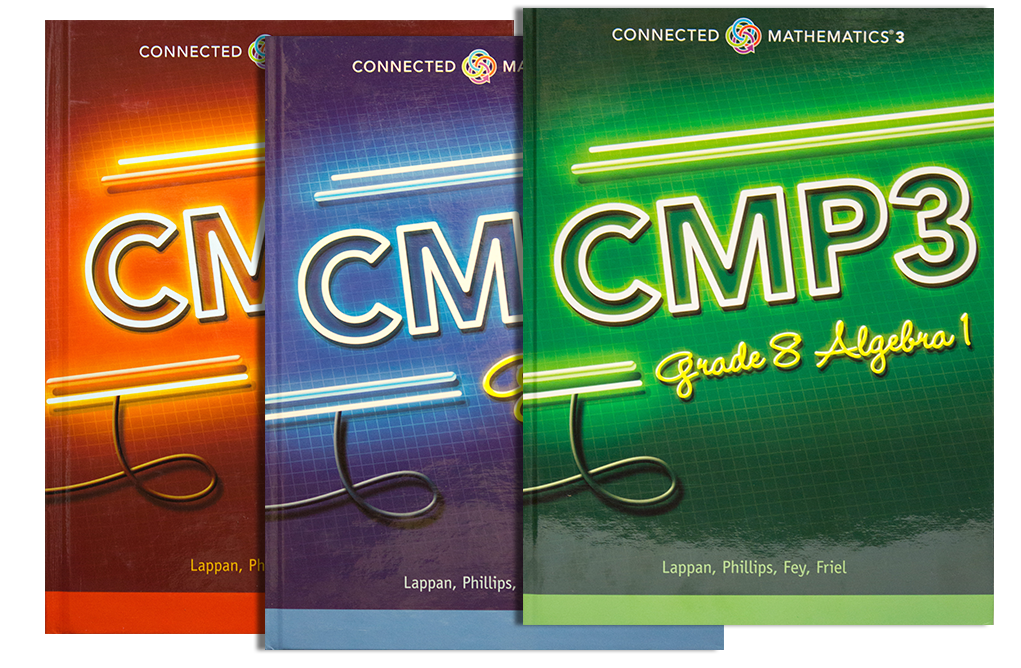History of CMP
The CMP philosophy grew out of work in middle grades classrooms. With the aid of funds from several National Science Foundation (NSF) professional development grants, Glenda Lappan and Elizabeth Phillips, with their colleagues at Michigan State University, William Fitzgerald and Mary Winter, worked with experienced teachers to find new ways to engage students with mathematics.

With pressure from teachers and funding from NSF, “we created five units that were published in 1985 for use by teachers to help make a transition from how they typically taught, ’show and practice,’ to classrooms that required engagement in mathematical thinking, reasoning, solving, and proving. These units are known as the Middle Grades Mathematics Project (MGMP) materials.
Each was focused on an important area of mathematical thinking and each was designed to engage students in important problem situations that were engaging, challenging, and educative. During this time our focus was on developing experienced teachers’ knowledge of mathematics and their skill in engaging students in making sense of mathematics.
It was due to these MGMP materials and their success that our group was asked to make substantial contributions to the development of the Curriculum and Evaluation Standards for School, published by the National Council of Teachers of Mathematics (NCTM, 1989). Lappan chaired the middle school writing group and reviewed the draft standards with teachers in our summer institutes. This document launched a new era of curriculum development in the US and our group was ready to act on our conviction that curriculum materials could make a difference” (Lappan & Phillips, 2009, p. 1).
For the next ten years, the MGMP units were used to provide professional development and leadership training for teachers and administrators in our Michigan State University summer institutes. Teachers and leaders who attended our summer institutes spread the units across the country through their local institutes. These NSF-funded activities created a rich school leadership base to support the subsequent development and use of the Connected Mathematics Project curriculum in school districts.

The NSF funded Connected Mathematics 1 (CMP1) in 1991. At this time, Professors James Fey from the University of Maryland and Susan Friel from the University of North Carolina joined the author team at Michigan State University for the development of CMP1. Both Fey and Friel had extensive curriculum and professional development experiences—Fey at the secondary level and Friel at the elementary level. This collaboration continues today.

In 2000, NSF funded a revision of the materials, Connected Mathematics 2 (CMP2), to take advantage of what was learned in the six years that the first edition of CMP had been used in schools.

In 2010 the Common Core State Standards for Mathematics (CCSSM) were released at about the time a revision of CMP2 was being considered.

With funding from the University of Maryland and Michigan State University, Connected Mathematics®3 (CMP3) was developed. CMP3 builds on the unique strengths of the CMP philosophy and reflects the recommendations of CCSSM.